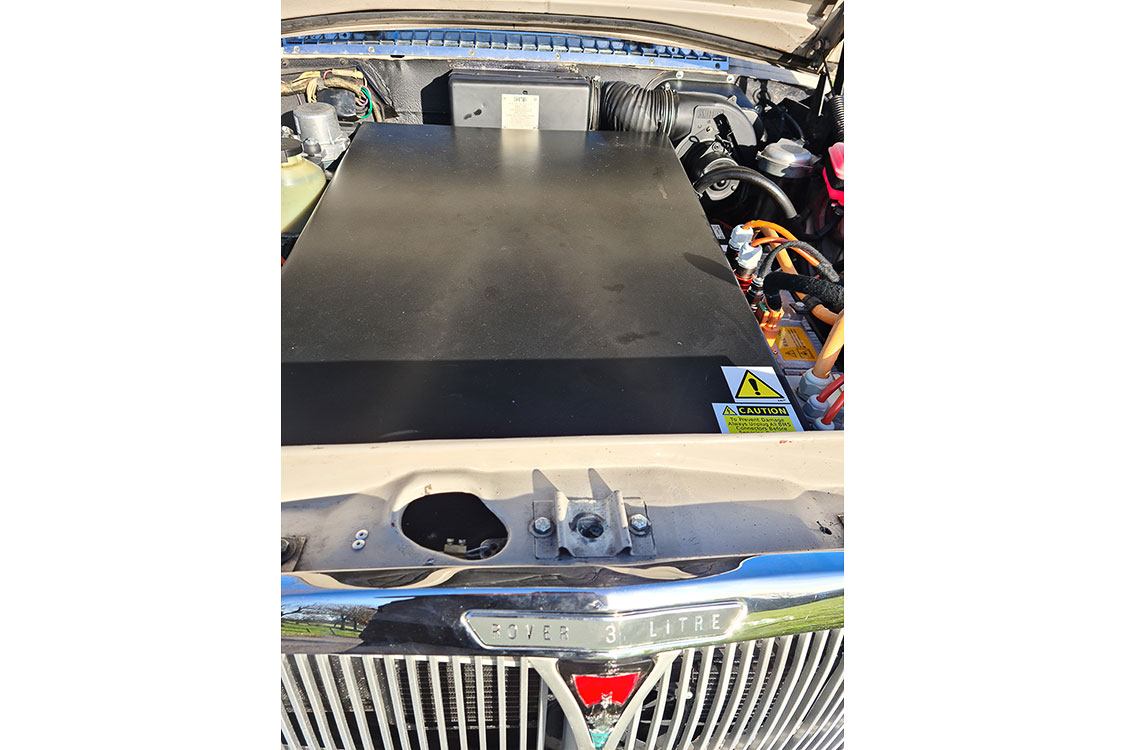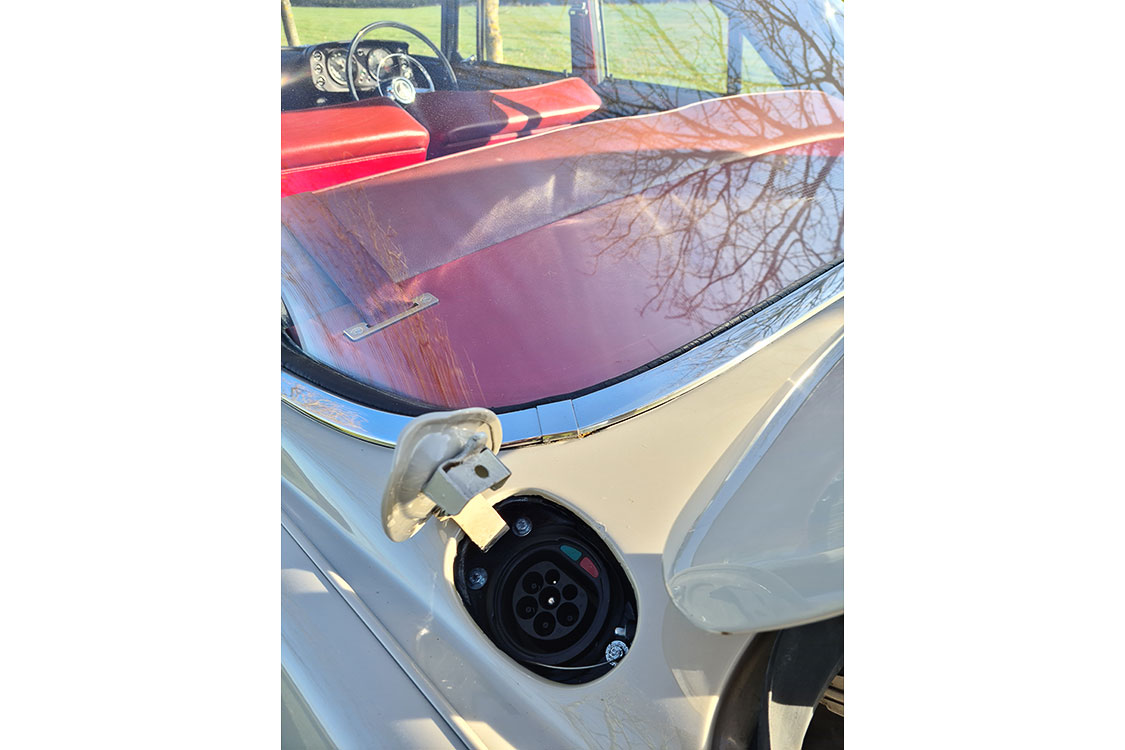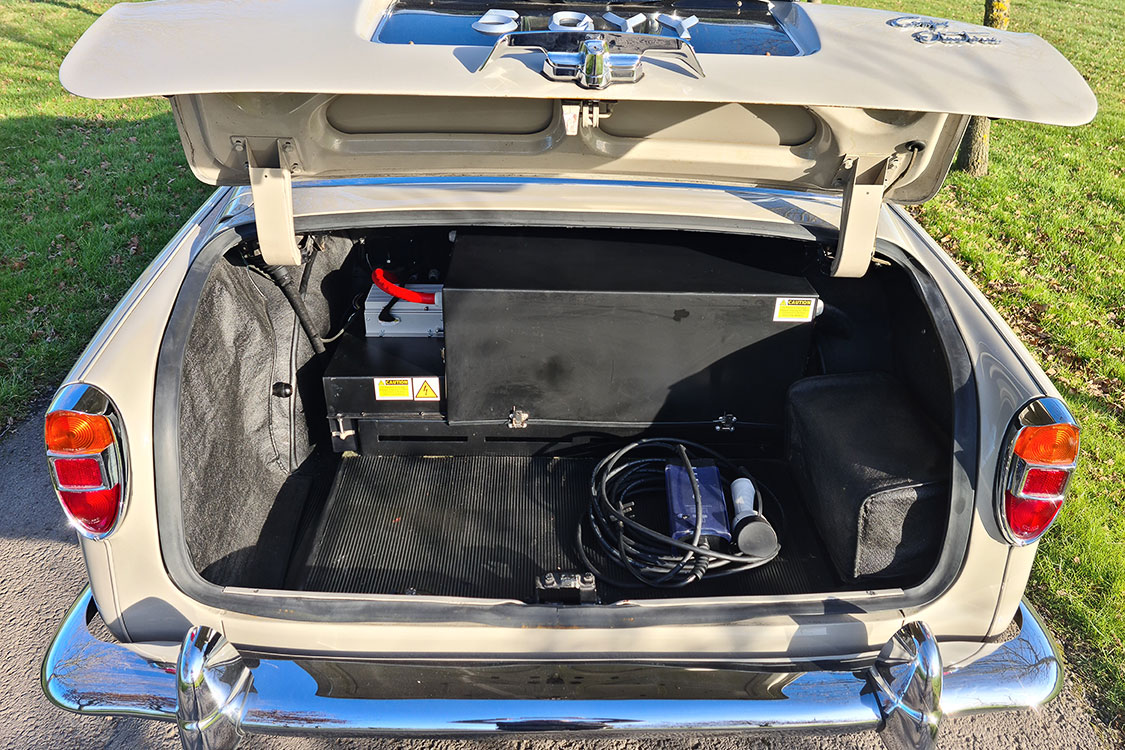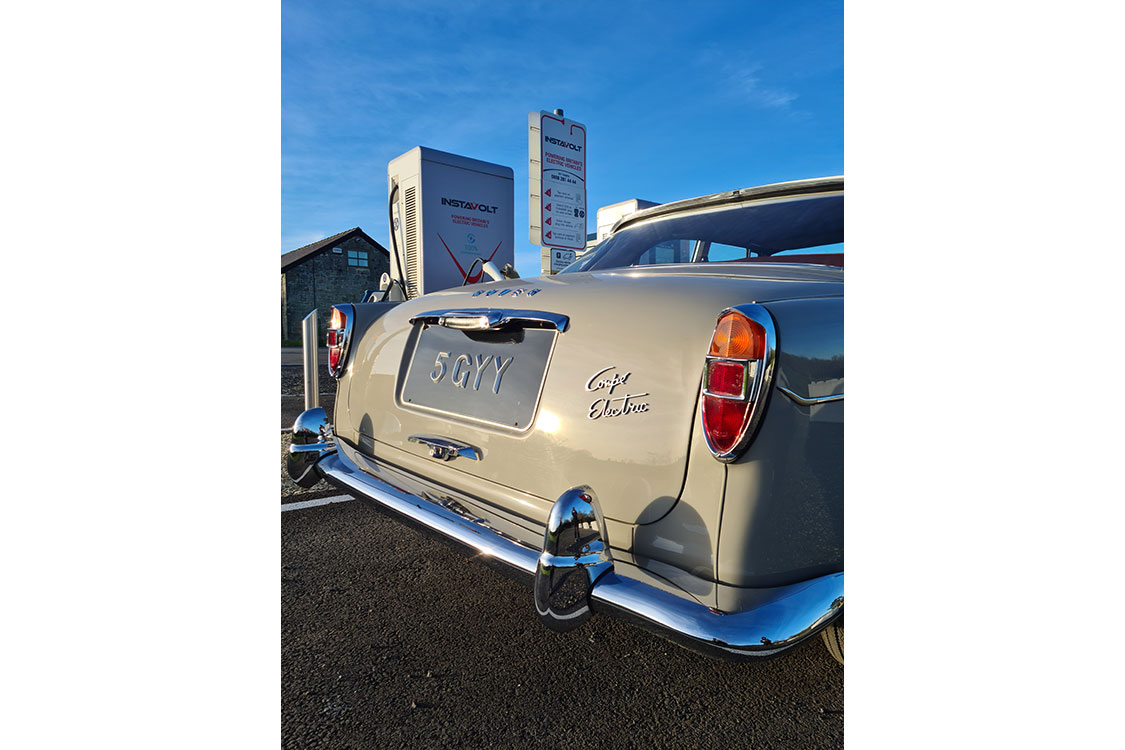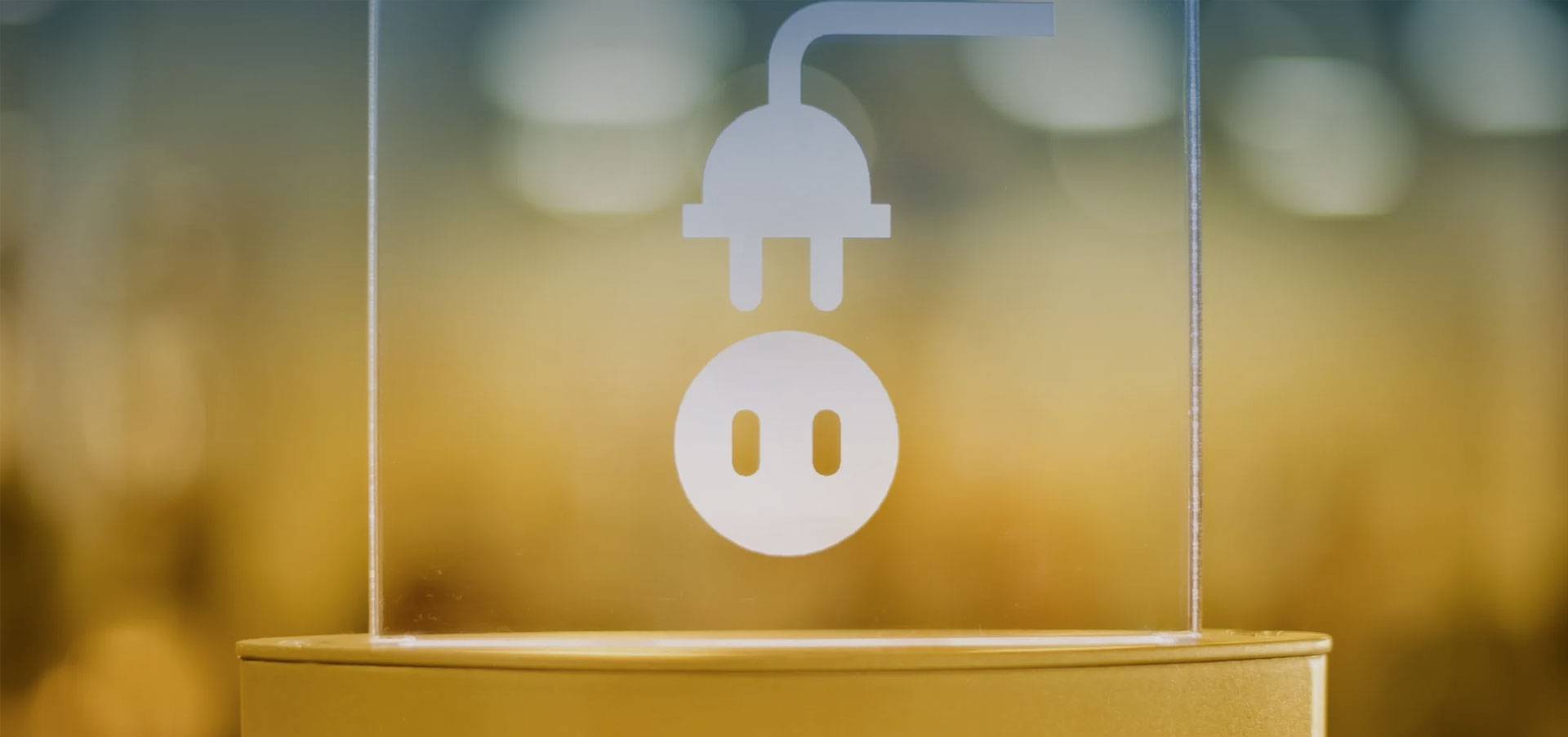
HC Classics
Electric
The Age of EV.
Each generation will insist upon their own version of a ‘golden age’ of motor vehicles and while that is perhaps best left to individual opinion, there is no denying that progress, in one way or another, is still being made.
While some may believe that the classic car industry has had its day and that it is time to move on from the past, it is far removed from the reality of this thriving, £5.5 billion business. With over 1 million historic vehicles currently registered in Britain alone, the classic car industry is no dying relic. However, with the increasing public pressure to ‘go green’ and government changes to emissions and fuel regulations that threaten to render classic cars antediluvian, it’s no wonder that the 23 million people who view historic vehicles as part of Britain’s heritage are searching for an answer.
But with millennials branding such vehicles (among others) as the enemy and society bending towards the virtues of green living, is there any way to retain the joy once experienced by the now-condemned pleasures of a classic car?
Can we really have it both ways?
The 21st century is still in its infancy, but with the naivety of youth comes a degree of expectation. A generation of entitlement may appear greedy and selfish on the surface but it has undoubtedly produced some worthwhile innovations in its quest to ‘have it all’.
There is no denying the exponential increase in technological advances over the past few decades, let alone the past 100 years. From the cradle of the first motor car in 1886, automotive technology has moved at a stunning pace through production lines, electric ignition charges (which replaced manual cranks) and coil spring suspensions to Wi-Fi connections and borderline futuristic self-drive features.
And as we contradictorily pay lip service to the virtues of the old, tried and tested while revelling in the wonders of modern technology, a clever collaboration has been brewing in the background
There may be no second chance for a first impression but the promise of redemption remains.
For the survival of this industry there needs to be a way to make vintage relevant again but without compromising the essence and authenticity purely for the sake of progress.
The age of the electric vehicles isn’t just looming; it’s here, and it’s coming to a classic car near you.
“Converting to electric is inevitably the way forward when it comes to preserving your classic car for the future, “says Richard Carp, owner of HC Classics. “Bristols are an ideal car for conversion. They are large cars with plenty of storage space. The idea may have been on Bristol’s radar for many years but, as yet, none have appeared. I intend to change that.”
At HC Classics we are well versed in handling and restoring Bristols so moving towards electric conversions has been a natural progression for us. With a passionate team, who have qualified to work on electric conversions, working out of a well-equipped workshop, we are able to achieve the highest standards. Our expertise with Bristols enables us to skilfully retain the classic appearance using original Bristol instruments.
The best of both worlds.
While the idea of electrifying classic cars can evoke a range of emotions from irrational rage to inspired excitement, it is believed to be a branch of the industry that will bear much fruit.
Most classics worth preserving were made before emissions standards were even conceived, that combined with the uncertain future of E5 fuel, EVs are a viable way of preserving automotive history.
There are considerable bonuses to electrifying too; vastly increased power and torque coupled with the reliability of electric could open up even more opportunities to actually use one’s classic car. How many times has one had to reconsider a long journey due to worry that the car wouldn’t be able to make it? And while the unique sound of a fossil fuel engine may be compromised, at least the originality of the exterior can be left intact.
The ever-changing future doesn’t have to erase the past.
The first ever Rover P5 Electric
Powered by a NetGain Hyper 9HV electric motor delivering 88kw of power the drive train has been specifically designed by HC Classics to suit this Rover P5.
The battery compartments have been made uniquely for this project consisting lithium-ion cells manufactured by A123 Systems delivering 80kwh of usable power and a single phase Elcon 6.6 kwh charger. They have been carefully positioned in the engine compartment and fuel tank locations to ensure a balanced weight distribution comparable to the 3 litre engine and full tank of petrol.
The battery pack is monitored by a Thunderstruck battery management system. The car has been successfully road tested achieving 250 miles on a single charge.
Power assisted steering is provided by an electric pump which creates pressure for the mechanical steering. Similarly a 12 volt electric vacuum pump has been fitted for the power assisted brakes. Cabin heating is via 2kw heater with blower.
The battery charge indicator and Kilowatt power indicator have been retrofitted into the existing dashboard gauges replacing the fuel gauge and rev counter to retain the period appearance.



